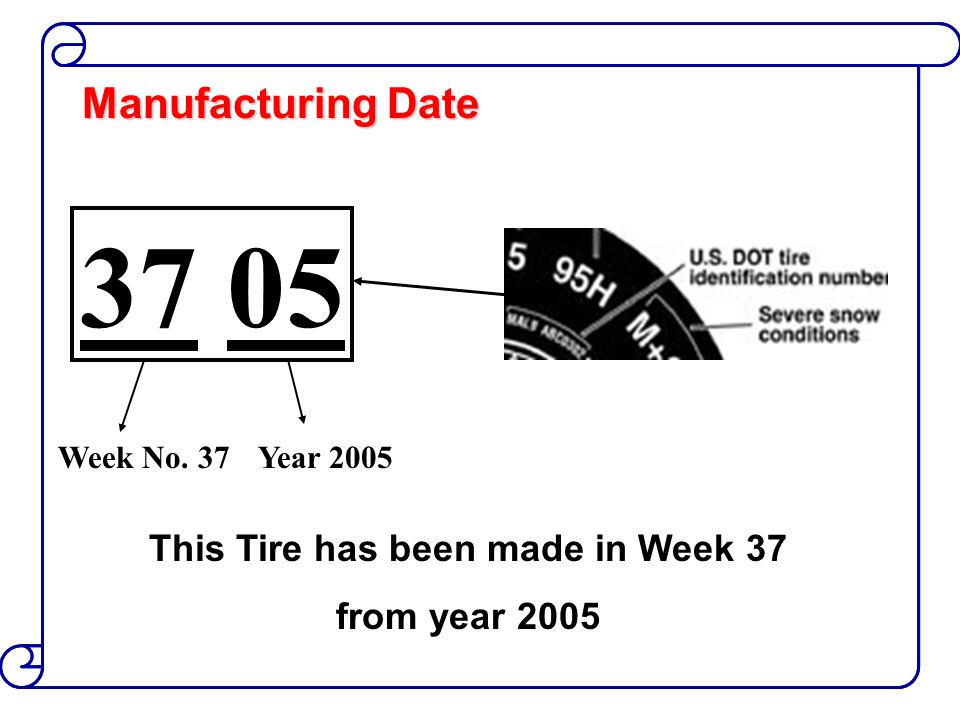Tires have very useful information molded onto their sidewalls. It shows the brand and model name of the tire, its size, whether it is tubeless or tube type, the maximum load and the maximum inflation, safety warning(s), and much more.
Load Index - The load index is a numerical code associated with the maximum load a tire can carry at the speed indicated by its speed symbol under specified service conditions. The load index should not be used independently to determine replacement tire acceptability for load capacity.
Speed Symbol - The speed symbol is also known as a “speed rating.”
P225/60R16 97T – (Passenger Example) Size marking and service description (load index and speed symbol) for a P-Metric speed-rated passenger tire.
LT245/75R16 120/116Q Load Range E – (Light Truck Example) Size marking, service description (load index and speed symbol), and load range for a metric light truck tire. The load range identifies the tire's load and inflation limits.
Max Load 730 kg (1609 lbs) and 240 kPa (35 psi) Max Pressure Cold –(Passenger Example) Indicates maximum load and maximum cold inflation pressure of the tire. Sidewall markings are given in both metric and English Engineering units. Follow tire inflation pressure recommendations on the vehicle’s tire placard, certification label, or in the owner’s manual.
Max Load Single 1380 kg (3042 lbs) at 550 kPa (80 psi) Max Pressure Cold
Max Load Dual 1260 kg (2778 lbs) at 550 kPa (80 psi) Max Pressure Cold – (Light Truck Example) Indicates the maximum load of the tire and corresponding maximum cold inflation pressure for that load when used in a single or dual configuration. Sidewall markings are given in both metric and English Engineering units. Follow tire inflation pressure recommendations on the vehicle’s tire placard, certification label, or in the owner’s manual.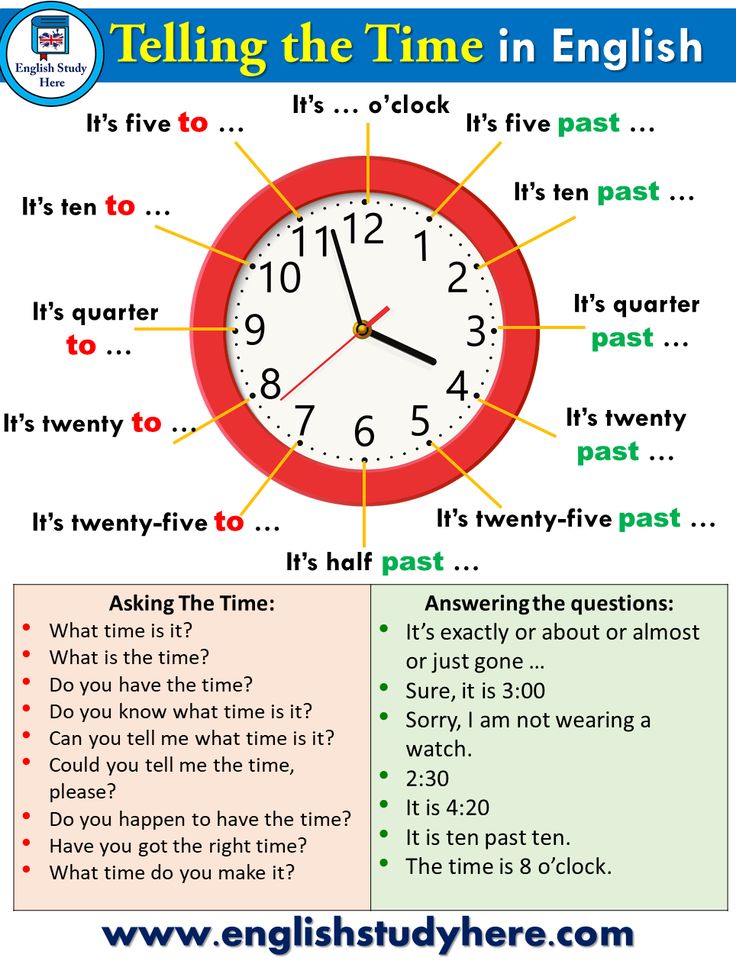
DOT MA L9 ABCD 0309 – The “DOT” symbol certifies the tire manufacturer's compliance with U.S. Department of Transportation (U.S. DOT) tire-safety performance standards. Next to these letters is the tire identification number (TIN) – also known as the tire “serial” number. The first two characters are the factory code indicating where the tire was made. The last four digits are numbers identifying the week and year of manufacture (example: "0309" means the third week of the year 2009). If a tire DOT ends in only three (3) digits, the tire was manufactured before January 2000 and should be removed from service and be scrapped because it is over 10 years old.
Plies/Fabric Information – The ply/fabric information identifies the number of plies and type of cord materials in the tire tread and sidewall areas.
Radial – A tire with a radial construction must show the word “RADIAL” on the sidewall. A radial tire is also indicated by the character “R” in the size designation.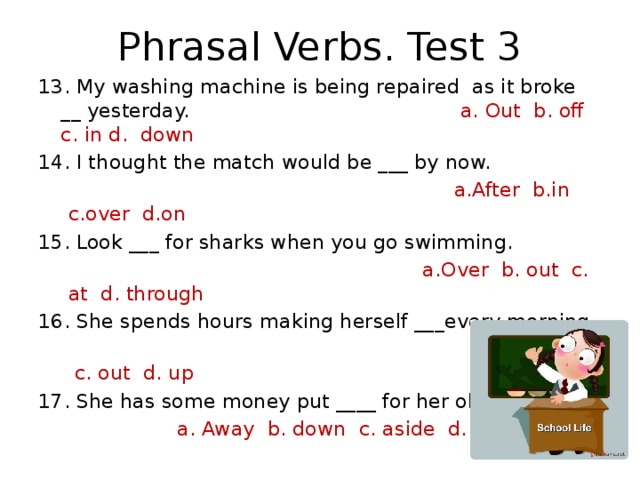
Tubeless – The tire must be marked either "tubeless" or "tube type."
M + S – This mark is commonly found on “all-season” and winter tires. In several formats, the letters "M" and "S" indicate the tire is intended for limited mud and snow service. Other formats include: "MS," "M/S," or "M&S."
Mountain-Snowflake Symbol – This mark is commonly found on winter/snow tires. Tires that meet the RMA definition for passenger and light-truck tires for use in severe snow conditions are marked on at least one sidewall with the letters "M" and "S" (as stated above), plus the mountain-snowflake symbol.
Speed Symbol
The speed symbol, also known as a speed rating, indicates the speed category at which the tire can carry a load corresponding to its load index under specified service conditions. Speed ratings are based on laboratory tests that relate to performance on the road, but are not applicable if tires are underinflated, overloaded, worn out, damaged, or altered.
Although a tire may be speed rated, Mastercraft® Tires does not endorse the operation of any vehicle in an unsafe or unlawful manner. Furthermore, tire speed ratings do not imply that a vehicle can be safely driven at the maximum speed for which the tire is rated, particularly under adverse road and weather conditions or if the vehicle has unusual characteristics.
Your tire’s Tire Identification Number (TIN)
A tire's plant of origin and date of manufacture are located on each tire. These can be determined by examining the series of letters and numbers called the Tire Identification Number (TIN), which follows the letters "DOT" on the tire sidewall
In order to find the week and year of production for tires manufactured after 1999, look at the last four numbers of the TIN. It will identify the week and year in which the tire was manufactured. The first two numbers identify the week, and the last two numbers identify the year of manufacture. Thus, a TIN ending with "0315" indicates that the tire was made during the 38th week of 2015 and would appear as DOTXXXXXXX3815 on the sidewall of the tire.
The Uniform Tire Quality Grading (UTQG)
The Uniform Tire Quality Grading (UTQG) is a system developed by the Department of Transportation that helps consumers compare tires in the areas of treadwear traction and temperature. Here is an example: a tire with a UTQG of 300 AB. The 300 is treadwear, which represents the tire's comparative wear when measured against the government-mandated tire, which is rated at 100. So, this tire wore three times longer than the control tire. Because of variations in operating conditions, the treadwear grade cannot be used to predict actual wear-out mileage; it can be used to predict the relative wear rate of tires with different UTQG wear rates. Traction and temperature are graded A (superior), B (good), or C (average). Traction indicates the level of grip the tire possesses.
Temperature rating deals with the tire’s ability to disperse built-up heat. Heat causes rubber to deteriorate over time, so dispersing heat increases tire life.
Each tire manufacturer determines UTQG ratings for their products.
Temperature
The temperature grades, from highest to lowest, are A, B, and C. These represent the tire's resistance to the generation of heat when tested under controlled conditions on a specified indoor laboratory test wheel. Temperature considerations must be made based on conditions, regional climate ranges, and extreme condition variances.
Traction
Traction grades, from highest to lowest, are AA, A, B, and C. They represent the tire's ability to stop on wet pavement, as measured under controlled conditions on specified government test surfaces of asphalt and concrete.
Treadwear
The treadwear grade is a comparative rating based on the wear rate of the tire when tested under controlled conditions on a specified government test track. A tire graded 200 would wear twice as long on the government test course under specified test conditions, as one graded 100. It is wrong to link treadwear grades with your projected tire mileage. The relative performance of tires depends on the actual conditions of their use and may vary due to driving habits, service practices, differences in road characteristics, and climate.
It is wrong to link treadwear grades with your projected tire mileage. The relative performance of tires depends on the actual conditions of their use and may vary due to driving habits, service practices, differences in road characteristics, and climate.
If you have any questions, please contact your local tire dealer or Mastercraft® Tires at 1-800-854-6288.
Are you having difficulties reading the DOT number of your tires? Do you want to know how to read tire date codes? If you have lost the receipt of your purchase, you might be having difficulties knowing the exact age of your tires. This issue is common and you can find the solution from your tires. Just observe your tires, you will get the answer.
*Picture Copyright: UTires.com
How to Read Tire Date Codes?Whether you are financing your tires or purchasing them, it is important to understand how to read tire date codes.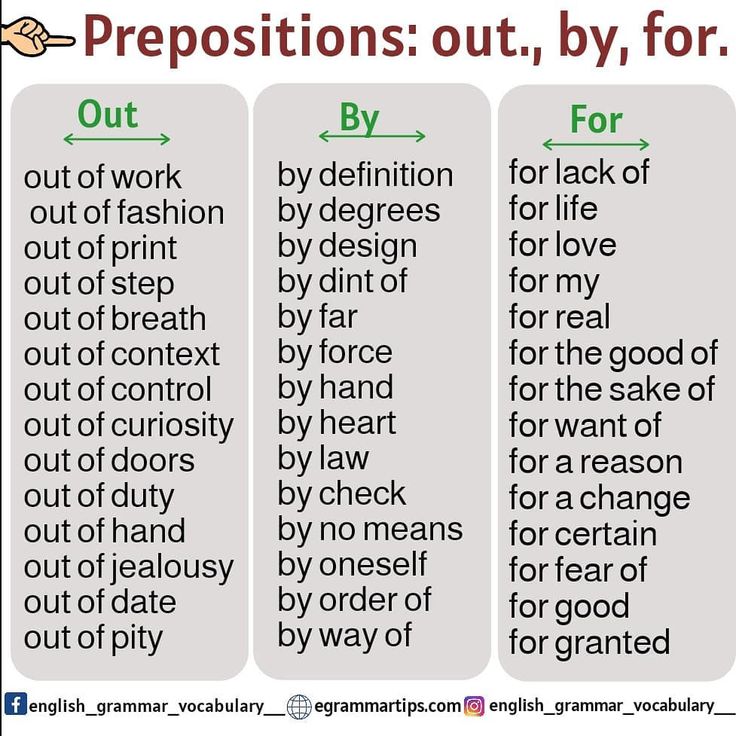 The numbers are present on tires only. You just need to know how to get them. You might have difficulties while reading codes on old tires. Keep reading to know how old your tire is.
The numbers are present on tires only. You just need to know how to get them. You might have difficulties while reading codes on old tires. Keep reading to know how old your tire is.
Look at all the sides of the tires. There are a bunch of numbers and letters. It might seem like a jumble. But this is helpful information about the tire. Find the number that starts with DOT and followed by ten to twelve series. This code will reveal a lot of things about your tires. You will know the tire size, year, and place of the manufacturing with the unique code of the manufacturer. You can also rent a wheel payments to know more about tires. Once you rent a tire payments, you will not have to be bothered about the manufacturing year. They will take care of this. You just need to look for a rent a wheel return policy to make it more beneficial for you.
Tires Manufactured 2000 & AfterRemember that the last four digits of the code are the date the tire was manufactured. You can check the first two digits of the DOT code to know the week of the manufacturing. The last two digits will reveal the manufacturing year. For instance, when it was written in 0203, the manufacturing year was 2003. But it is a bit tricky to know the manufacturing year of tires manufactured before 2000.
You can check the first two digits of the DOT code to know the week of the manufacturing. The last two digits will reveal the manufacturing year. For instance, when it was written in 0203, the manufacturing year was 2003. But it is a bit tricky to know the manufacturing year of tires manufactured before 2000.
You need to check the last three digits of the DOT code. Check the first two digits to know the week. For instance, when the last three digits read 022, you should understand that the tire was manufactured in the 2nd week of that year. You might be thinking about how to know the year. The year is the 2nd year of that decade. It is easy to get confused to know the decade. It might be harder to know the exact decade. There might be some other indications to know the year.
*Image Copyright from kilgoretirecenter.com
What About the Incomplete DOT NumbersIncomplete DOT numbers mean the current DOT regulations demand the complete number to be written on one sidewall only. When you find a few digits on the opposite sidewall, you can check the other sidewall to find the complete DOT number.
When you find a few digits on the opposite sidewall, you can check the other sidewall to find the complete DOT number.
Now you know how to read tire date codes. You can simply check at the sidewalls of tires to avoid any further confusion. Also, never lose your purchase receipt. If you do so, you might not get the warranty benefits. So, keep the receipts in a safe place and avoid any confusion by checking the DOT code. Whether you are interested in learning about wheel alignment or more about DOT numbers, our professionals here at Dan the Tire Man can answer your inquiries.
Everything has an expiration date, car tires are no exception. How long can they be used? Can you ride tires that are many years old, but they look quite working? Is it worth saving on tires by buying products that have not yet been used, but have been stored in a warehouse for 5-7 years?
Release date is an important parameter when choosing car tires
These questions at least once arose before the majority of motorists. We answer them - in detail and in detail. nine0003
We answer them - in detail and in detail. nine0003
The date of manufacture of the tire is always on its sidewall in an oval stamp
Information about when a car tire was produced is placed on its side. You will easily notice an oval stamp with four numbers inside - for example, 1118.
So, we have a tire that “saw the light” in January 2003.
Certification of automobile tires for their sale on the Russian market is carried out by the Department of Transport. Tires without age marking, and in a strictly prescribed form, will not receive a quality certificate. This rule is the same for all tire manufacturers.
See also: Tire marking: deciphering the designations on tires
Drivers change cars at least twice a year.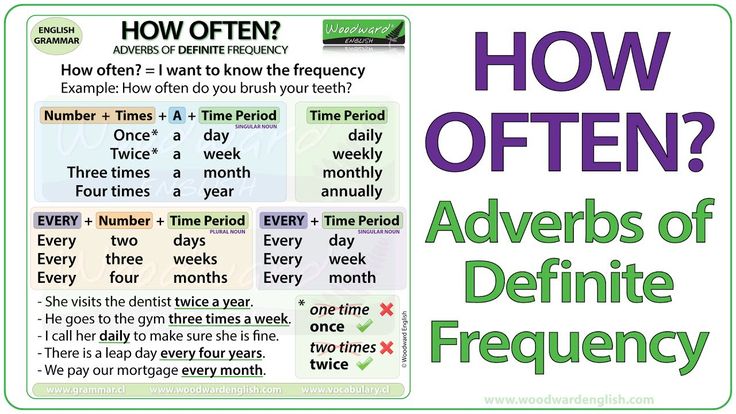 As a rule, rubber is operated for several years, and then new tires are bought. At the same time, the tread pattern, raw materials, radius are taken into account, but they rarely pay attention to the release date of the product. But it is this information that helps to better understand the condition of the tires and how long they will last.
As a rule, rubber is operated for several years, and then new tires are bought. At the same time, the tread pattern, raw materials, radius are taken into account, but they rarely pay attention to the release date of the product. But it is this information that helps to better understand the condition of the tires and how long they will last.
 The older the product, the harder it is.
The older the product, the harder it is. You can determine for yourself whether the tires have begun to age. To do this, pay attention to their side. Did you see small cracks here? This is the first sign of aging. Over the years, these scratches will become deeper, and the tire itself will begin to change color, acquiring a whitish tint on the originally black rubber. nine0003
In the process of aging, black rubber becomes covered with a whitish coating.
Have you noticed similar symptoms on your car tires? So, it's time to change them - you should not pull further, even if the tread does not look worn out. It is dangerous to drive a car with such tires.
The tire is a mixture of chemical compounds. A number of factors influence it: nine0003
Tires can experience different loads, so they have different lifespan, and it is impossible to accurately predict it.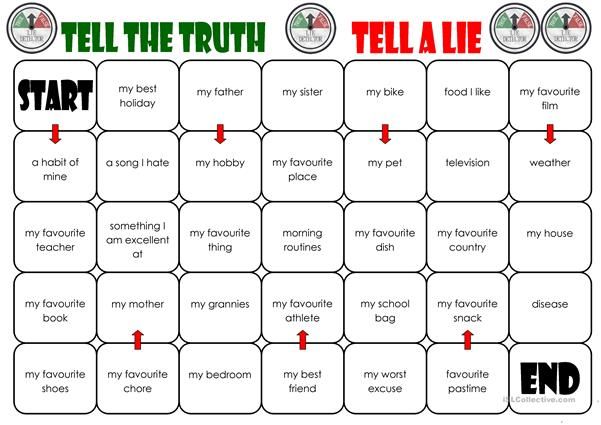
Pay enough attention to the wheels - pay attention to the condition of the tires yourself, and also stop by the service centers. After five years of operation, tire diagnostics should be performed at least once a year. nine0003
See also: What pressure should be in the tires?
The aging process is accelerated by three main factors:
It is important to properly store summer and winter tires, protecting them from threatening external factors. By observing the storage conditions, you prolong the "life" of tires - their elasticity remains at an acceptable level for a long time. nine0003
Tires are quite picky about storage conditions: in order for them to retain their original properties for a long time, they must be stored properly.
Proper storage is the key to maintaining tire performance.
Storing tires according to the rules is a task that requires control. Therefore, the longer tires lie in stock, the higher the risk that their properties and resources are no longer at that high level. nine0003
The properties of tires, their durability and wear resistance largely depend on the quality of rubber. Accordingly, they depend on the manufacturer, who selects raw materials for products manufactured under his brand.
Accordingly, they depend on the manufacturer, who selects raw materials for products manufactured under his brand.
Choose tires from trusted and well-known manufacturers
The largest companies are investing huge amounts of money in the development of unique compounds - they are added to rubber, making it as resistant to aging as possible. nine0003
Giving preference to tires from world manufacturers - for example, Nokian, Goodyear or Michelin, you choose high quality, confirmed by time and expert reviews. Under the right conditions of storage and operation, these tires will serve much more than 5 years - their warranty period.
Carefully inspect each tire. Tires should not have any white coating, no scratches, no burrs. Then it is worth checking the products by touch in order to make sure that they are elastic. nine0003
Does the appearance of the tires cause any complaints? This indicates that they were stored correctly, therefore, the performance properties are at the proper level.
If you have tires in front of you that are overtaking the symptoms of aging, it's not worth the risk. Such tires will not last long, and you will waste your money.
There are two sets of tires - both from reliable brands, each with a good view? Then choose the one that is "younger". In this case, the guarantee of proper storage is higher. nine0003
Don't get too hung up on the age of the tires. For example, tires that have just "knocked" two years, show themselves no worse than products that have just entered the market. But! They must initially be of good quality, that is, from manufacturers whose reputation is beyond doubt. Should inspire confidence and appearance - without cracks and whitish coating. Well, you have the right to ask for a discount on two-year-old tires.
Expert advice will help you choose the right tires and keep them in working condition for a long time. nine0003

 Just putting in new tires is not an option, they will also quickly become worthless.
Just putting in new tires is not an option, they will also quickly become worthless. Choose high-quality tires, observe their storage and maintenance conditions - and then they will not let you down.
10 May 2018
No matter how ridiculous it may sound, but you need to choose tires for a car that are "fresh". This applies to both the purchase of new and the purchase of used wheels. After all, the safety and comfort of a trip largely depends on the physical condition of the tires. And they have their own shelf life and operation.
Subject to certain rules of packaging, transportation and storage of tires, the manufacturer guarantees the safety of the operational properties of tires for 5 years from the date of production. You can use tires after this period, but with a mandatory check of their condition at the beginning of each season.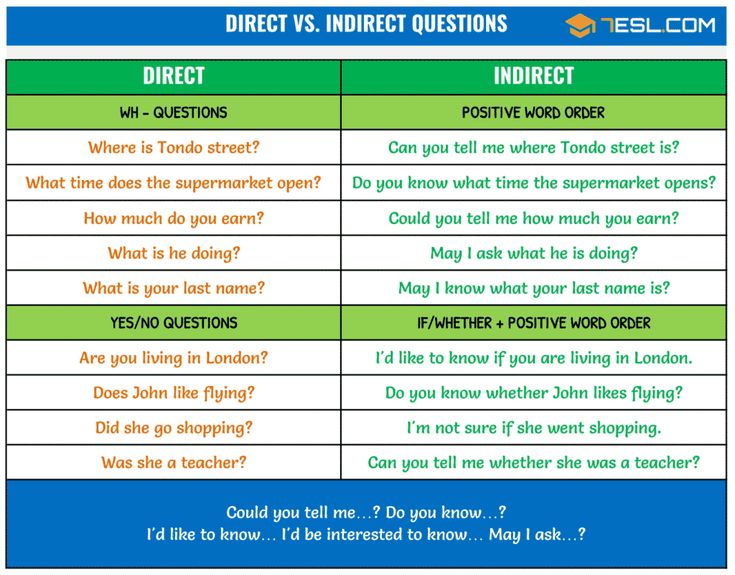 nine0003
nine0003
Non-observance of storage conditions leads to loss of rubber elasticity. Rubber becomes harder, microcracks appear on its surface. Signs of aging seriously impair tire performance. The possibility of their further use is determined by the buyer himself, based on the technical condition of the tires.
To find out the date of manufacture of the tire, just look at the side surface of the tire. Here, along with other alphanumeric information, there is a four-digit number enclosed in an oval. It is located at the end of the DOT code. nine0003
Regardless of the country of manufacture and the geography of tire sales, the numerical marking in the oval indicates the week number and year of manufacture of the tire. The first two digits are the production week number. The last two are the year of release. In our example, the numbers "3706" indicate that the tire was manufactured on the 37th week of 2006, that is, in the first week of October 2006.
A three-digit coding indicates that you have a tire in front of you that was created before 2000. For example, the code "127" indicates that the tire was made in the 12th week of the 7th year. To accurately identify the decade, pay attention to what comes after the number 7. The presence of a space ("127_") or another sign ("127▵") indicates 1997 issue. The absence of a space or signs - for 1987 production.
This complexity in the designation is due to the fact that in the 20th century, tire manufacturers did not expect that their products would be used for more than 10 years. They switched to a more convenient 4-digit marking after 2000.
Japanese tires enjoy well-deserved popularity in the world. One of the brands, Bridgestone, has been producing a wide range of tires for cars, trucks and sports cars for more than 80 years. Each type of tire bears a standard marking of the rubber production date. The year of manufacture on Japanese tires is indicated on the sidewall, after the DOT marking. Look for the last 4 digits enclosed in an oval. The first two of them are the week number of the tires, the last two are the year of manufacture. nine0003
The year of manufacture on Japanese tires is indicated on the sidewall, after the DOT marking. Look for the last 4 digits enclosed in an oval. The first two of them are the week number of the tires, the last two are the year of manufacture. nine0003
Without exception, all leading manufacturers recommend changing tires if they are 10 years old from the date of manufacture. Rubber older than 8 years is considered potentially dangerous to use.
Many offline and online shops offer to buy tires no older than 3-5 years. Subject to proper storage conditions, this is the optimal shelf life of the wheels without losing their performance characteristics. You can buy these tires. And its acquisition promises a good benefit. As a rule, before the debut of a new collection, a set of rubber from past seasons can be taken at a very good discount. nine0003
From the above, we can draw the following conclusions:
